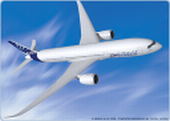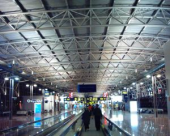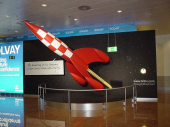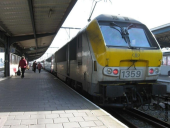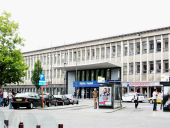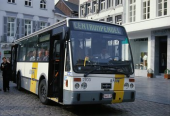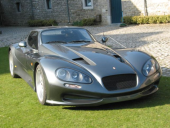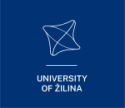
|
Conference Location
|
|
|
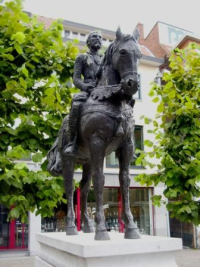
|
Hasselt was founded in the 7th century on the Helbeek, a tributary of the Demer river. The name Hasselt came from Hasaluth, which means hazel wood. It was one of the bigger cities of the county of Loon, whose borders were approximately the same as the current province of Limburg. Hasselt was first given a name in 1165 and shortly thereafter received the much sought after city charter. In 1232 this status was officially confirmed by count Arnold IV. |
|
Even though the city of Borgloon was the official capital of this small principality, Hasselt was to become the biggest city thanks to its favourable location and to the proximity of the count’s castle and the Herkenrode abbey in Kuringen. In 1366 the county of Loon became part of the Bishopric of Liège and remained so until the annexation by France in 1794. Maastricht became the capital of the area that was then called the Department of the Lower Meuse. |
|
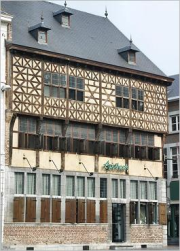
|
After the defeat of Napoleon and the union with the Netherlands, the name Limburg was adopted, after the old county of Limburg which had never held power over Loon. Even when Belgium gained its independence, this name was retained and the name Loon disappeared. In 1830 Hasselt became the provisional capital of the Belgian province of Limburg. |
|
When Maastricht stayed Dutch in 1839, it became the permanent seat of its provincial government within the Netherlands, also called Limburg. In 1967, Belgian Limburg was detached from the Diocese of Liège and Hasselt became the seat of the Diocese of Hasselt. |
|
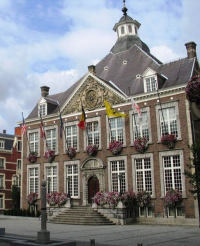
|
The town centre of Hasselt is not large but very sociable. The centre is mostly car-free and contains a number of historical buildings. Among the oldest buildings in the town centre are the St. Quentin's Cathedral (11th to 18th C.) and the "Herkenrode Abbey refuge house" (1542). The "Grote Markt" (large central market square) and the nearby streets are lined with pubs, restaurants and taverns. |
|
The Demerstraat and the Koning Albertstraat are the most important shopping streets. In the Kapelstraat and the Hoogstraat are expensive shops with the most famous brands. Another major religious building, besides the cathedral, is the Virga Jesse Basilica. Both have to cede domination of the skyline of the city to the twin towers of the "TT-wijk", however; the renovation of this complex (now including a shopping mall and a hotel) in 2003 gave the centre a new boost. In 2004, Hasselt was the first Belgian city to receive the title "most sociable city of Flanders", and has since claimed the title of "Capital of Good Taste"; likewise, Hasselt is also considered an exemplary city regarding pedestrian facilities in the centre. |
Parts of this text were copied from 
Conference Venue
|
The conference itself will be held at Hasselt University in Diepenbeek, on the outskirts of Hasselt. The ESM conference will be held in the main building of the University. Rooms will be signposted. |
How to reach Hasselt and the conference venue 
By Plane |
Hasselt lies in the vicinity of several airports, namely the airports of Brussels, Liège, Maastricht-Aachen and Cologne-Bonn Airport. See below how to get to Hasselt from these different airports.
|
By Train |
|
By Coach and Bus |
Once in Hasselt you can ride to Campus by bus: from Hasselt Railway Station buses to the Campus Diepenbeek leave every 15 minutes between 6.10 and 20.10 (Line 45). The trip takes 15 minutes. In the University grounds get off on the 2nd stop where you see a barrier across the road. Go on foot past the barrier and the main building is on the right hand side, enter through the glass dome, walk straight on and turn right through corridor. The main hall is on the ground floor on your left the meeting rooms are up the first staircase on your right. |
By Taxi |
A number of companies can be contacted following these links:
|
By Car |
* From Brussels: first take the direction of Liège. Next (near Leuven) take the A 2 in the direction of Aachen. Then (near Lummen) take the E 313 in the direction of Liège. Take Exit 28 (Hasselt-Zuid). |
On Foot
|
From the bus stop at the University to the main entrance it's about 2 minutes on foot. |
Hasselt Maps
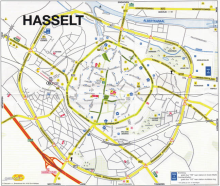
|
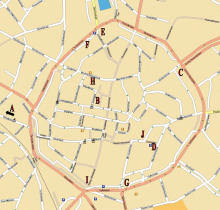
|
Click on the maps above for a more detailed view
A. Railway Station (including bus station, with direct line towards campus)
B. City Hall
C. Kolonal Dusart Plein (bus station, with direct line towards the campus)
D. Radisson Sas Hotel
E. Holiday Inn Hotel
F. Express by Holiday Inn Hotel
G. Hassotel
H. Hotel Portmans
I. Hotel The Century
J. Restaurant 'Huis de Corswarem'
Hasselt University Maps
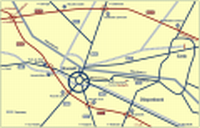
|
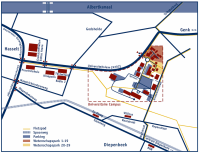
|
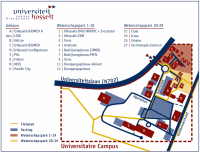
|
Click on the maps above for a more detailed view
Useful links
Hasselt Weather
Tourism Hasselt
Gin Museum
Fashion Museum Hasselt
The Japanese Garden
Smeets Gin
Visit Belgium

 Hasselt is a Belgian city and municipality, and capital of the Flemish province of Limburg. On 31 December, 2007 Hasselt had a total population of 71 520. The city is located in between the Campine and Hesbaye regions in the middle of the Euregion Meuse-Rhine on junction of the Demer river and the Albert Canal.
Hasselt is a Belgian city and municipality, and capital of the Flemish province of Limburg. On 31 December, 2007 Hasselt had a total population of 71 520. The city is located in between the Campine and Hesbaye regions in the middle of the Euregion Meuse-Rhine on junction of the Demer river and the Albert Canal.
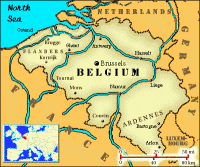
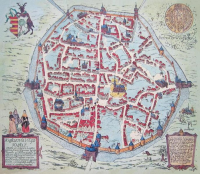
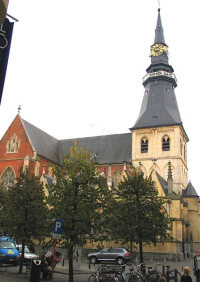
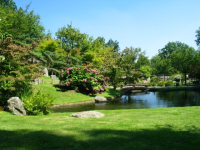
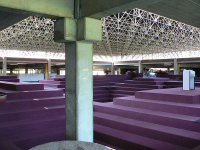
 Tel: +32.11.26.81.11
Tel: +32.11.26.81.11 Fax: +32.11.26.81.99
Fax: +32.11.26.81.99 E-mail:
E-mail: 